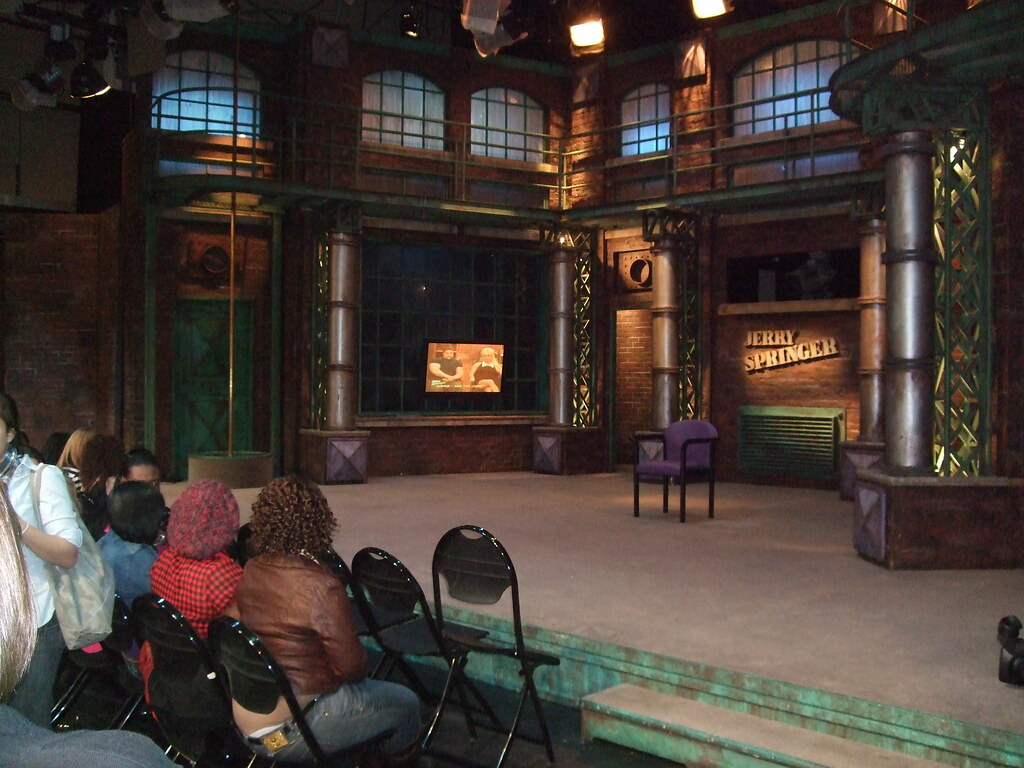
Photo contributed by Creative Commons
Jerry Springer was a man of many talents. He was a politician, broadcaster, lawyer, and actor but he was best known for his role as the host of the Jerry Springer Show which dominated television during its 27 season run on national television from 1991 till 2018. The show was known for its rambunctious nature which often pushed the limits of what was considered appropriate for television. The show was a cultural phenomenon in the US, often unseating The Oprah Winfrey Show as the most-watched program on television. Recently, Netflix sat down with the crew and producers behind the show in their documentary Jerry Springer: Fights, Camera, Action as they detail the story behind the show’s success and its impact and legacy on American culture.
The documentary drives into the origins of Springer, who had political aspirations before turning to the talk show business. At first, the show was more discussion-oriented, with subpar ratings until the arrival of Executive Producer Richard Dominick who brought his tabloid experience to the show. His focus was on finding outlandish things that would make the show standout and draw the attention of TV viewers as they looked through the channels. The biggest example of this was the episode “Klanfrontation” in which KKK members fought Irv Rubin of the Jewish Defense League. The shock value of these style of episodes boosted the show’s ratings and continued a pattern of episodes that devolved into fights and other attention grabbing topics. One episode even featured a man who had married a horse. The new style was met with widespread criticism of the show, which many felt was severely inappropriate, but catapulted its ratings to new highs because of the shock value.
Behind the scenes, this new focus on fights and crazy stories required the producers of the show to commit some questionable behaviors to have the guests perform on stage. Oftentimes that would mean that guests were given the star treatment with limos and drink tickets before getting wound up by a staff member before the show. Interviews from the documentary highlight the mental toll of job on the production team and add on to the criticism of the show. The show was even sued at one point over its role in the murder of Nancy Campbell, who was killed by her ex-husband. Both had appeared on the show, with the murder occurring on the day that the episode first ran. The lawsuit was ultimately unsuccessful but ignited another wave of criticism over the behavior of the show towards its guests and how they were portrayed on television. Regardless, the show remained a cultural icon in the eyes of many. For Jerry, he described his show as a “circus” and as a place where individuals were able to “demonstrate outrageousness”. This belief was more than just words for Jerry, who was a fierce advocate for free speech on his show and often had on individuals whom he or society would not agree with.
The show’s reputation of sensationalism and free speech will live on but will constantly be debated if it was for the better. Oftentimes in the modern day, we see that the mainstream elements of society will run with a headline that is false or misleading in order to draw attention, without serious attention towards accuracy. Furthermore, the platform that Springer advocated for is important in a functioning society but can be detrimental when his show glorifies violence as a part of the discourse. Many point to these factors as having a negative impact on society because of the platform they provided for sensationalism to become mainstream.
